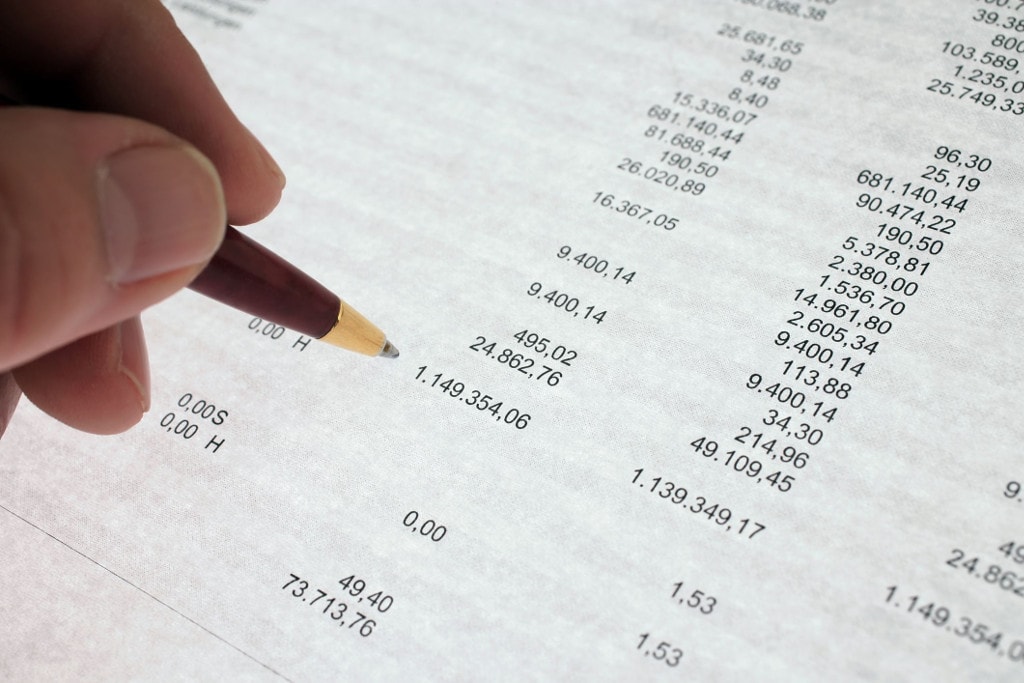ZIMSEC O Level Business Studies Notes: Business Finance and Accounting: The balance sheet
- The entire financial accounting function rests on the premise that there are two aspects to every transaction
- A debit and a credit
- For every transaction a debit and credit is recorded
- For example in a cash sale the asset of cash increases and is therefore credited whilst the asset of stock decreases and is therefore credited
- All transactions can therefore be summed up in a simple accounting equation:
- Assets = Capital + Liabilities
- The balance sheet is a financial presentation of this equation
- For this reason the accounting equation above is sometimes known as the balance sheet equation
- A balance sheet can be described as a condensed statement that shows the financial position of an entity on a specified date
- For this reason the proper term for a balance sheet is:Statement of Financial Position
- A statement of financial position shows:
- what assets the entity owns,
- how it paid for them,
- what it owes (its liabilities),
- and what is the amount left after satisfying the liabilities
- Because it is based on the accounting equation both sides of the statement of financial position must balance
- If either side is bigger than the other it means there is an error in the records
- There are various formats for presenting the balance sheet
- Below is an example of a simple balance sheet:
J Nhiwatiwa
Balance Sheet as at 30 June 20×8
| $ | $ | |
|---|---|---|
| Fixed Assets | ||
| Buildings | 85000 | |
| Fixtures | 1100 | |
| Vans | 16400 |
|
| Total Fixed Assets | 102500 | |
| Current Assets | ||
| Stock | 16280 | |
| Debtors | 31300 | |
| Bank | 14590 | |
| Total Current Assets | 62170 | |
| Less: Current Liabilities | ||
| Creditors | (15910) | |
| Working Capital | (46,260) |
|
148760 |
||
| Capital (opening balance) | 114202 | |
| Add Net Profit | 64558 |
|
| 178760 | ||
| Less Drawings | 30000 |
|
148760 |
- As pointed out before there are various ways in which a statement of financial position can be presented
- However all balance sheets show the following information:
Asset
- something valuable that an entity owns, benefits from, or has use of, in generating income
- Examples of Assets are: Motor vehicles etc
- Assets can be divided into fixed assets and current assets
- Fixed assets are assets that are not consumed or sold during the short-term normal course of business, such as land, buildings, equipment, machinery, vehicles, leasehold improvements, and other such items
- Fixed assets are also known as non current assets
- Fixed assets can be tangible such as motor vehicles or
- They can be intangible for example goodwill, patents, investments and royalties
- Current Assets are short term assets that are consumed with the course of business for example stationary, stock, debtors, prepaid expenses and cash
Liabilities
- In simple terms are amounts owed by the organisation to third parties in technical terms
- Liabilities are claims against the assets, or legal obligations of an organization, arising out of past or current transactions or actions
- These liabilities will require mandatory transfer of assets, or provision of services, at specified dates or in determinable future
- Liabilities can divided into long term/non current liabilities and current liabilities
- Non current liabilities are those expected to be settled more than a year from the period when the balance sheet is prepared
- Examples of long term liabilities include long term loan from bank and debentures
- Current Liabilities are short term obligations that the business expects to settle within the coming year/trading period for example Trade Creditors and Bank Overdraft
Capital
- Also known as equity
- This represents amounts belonging to the owners of the business
- They are principally made up of capital invested by the proprietors/owners of the business
- In later periods of trading the owners might plough back profits into the business
- Ploughed back profits are known as retained income/retained profit
- Ploughed back profits increase capital/equity
- Drawings are when the owners of the business withdraw cash or other assets for personal use
- Drawings reduce equity
NB
- For those with a basic knowledge of accounting the way we have explained the recording of the cash sale transaction above might seem wrong at first glance but it is important to note that the stock account is split among several accounts
- A balance sheet must balance
- It shows the financial standing of an organisation at a given instance in time
- Unlike the income state it gives a snap shot rather than measure performance over a given period of time
To access more topics go to the O Level Business Notes



